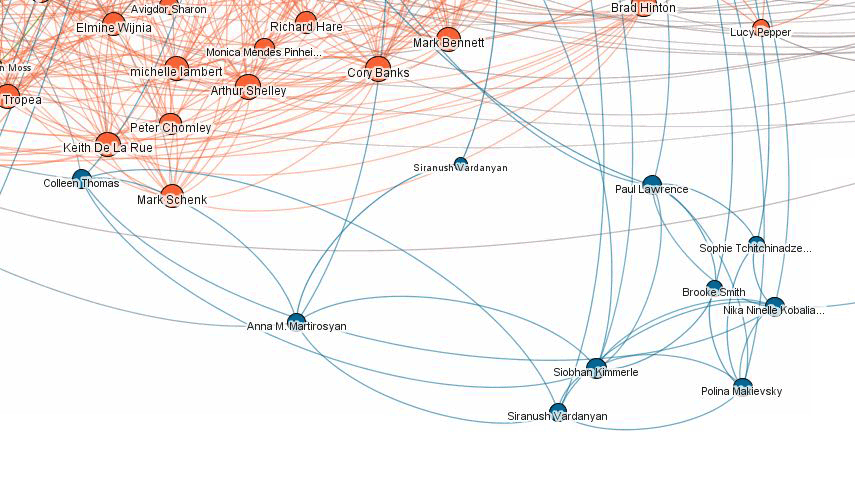
Information and communication technologies (particularly computers and the Internet) are widely acknowledged as important resources for socio‐economic advancement in both developed and developing countries. This is doubly so against the backdrop of the global economy which is driven by the “information age”. Developing and developed countries, however, face enormous challenges in their ability to utilize these resources for their socio-economic growth agendas, particularly for marginalized populations. Limitations range from infrastructural constraints to an individual’s ability to convert access to information and communication technologies (ICTs) into tangible benefits in light of other environmental constraints. In this context, shared forms of access such as telecentres, libraries and internet cafés, are important means of making ICTs available. Not only do they bring the technology closer (physically and financially) to people who would otherwise have no access, but they may also provide additional value by offering unique teaching and learning environments.
Thus, governments, non‐governmental organizations, and business entrepreneurs have invested significant amounts of human and financial resources in telecentres, public libraries and other community-based initiatives. Such initiatives provide a concentrated space within which to observe the dynamics of ICT use in achieving policy objectives. Consequently, alongside these initiatives, a body of research has also emerged to assess the outcomes of specific projects or general trends. Work in this area spans multiple fields and disciplines from computer science, information systems, and communications, to anthropology, sociology and economics. While each contributes a unique lens through which to explore and understand the role of ICTs in the pursuit of public policy goals, there are likely to be overlaps in their approaches, perspectives and findings that could enable the building of firm conclusions about when and how public access ICTs are successful in meeting policy objectives.


